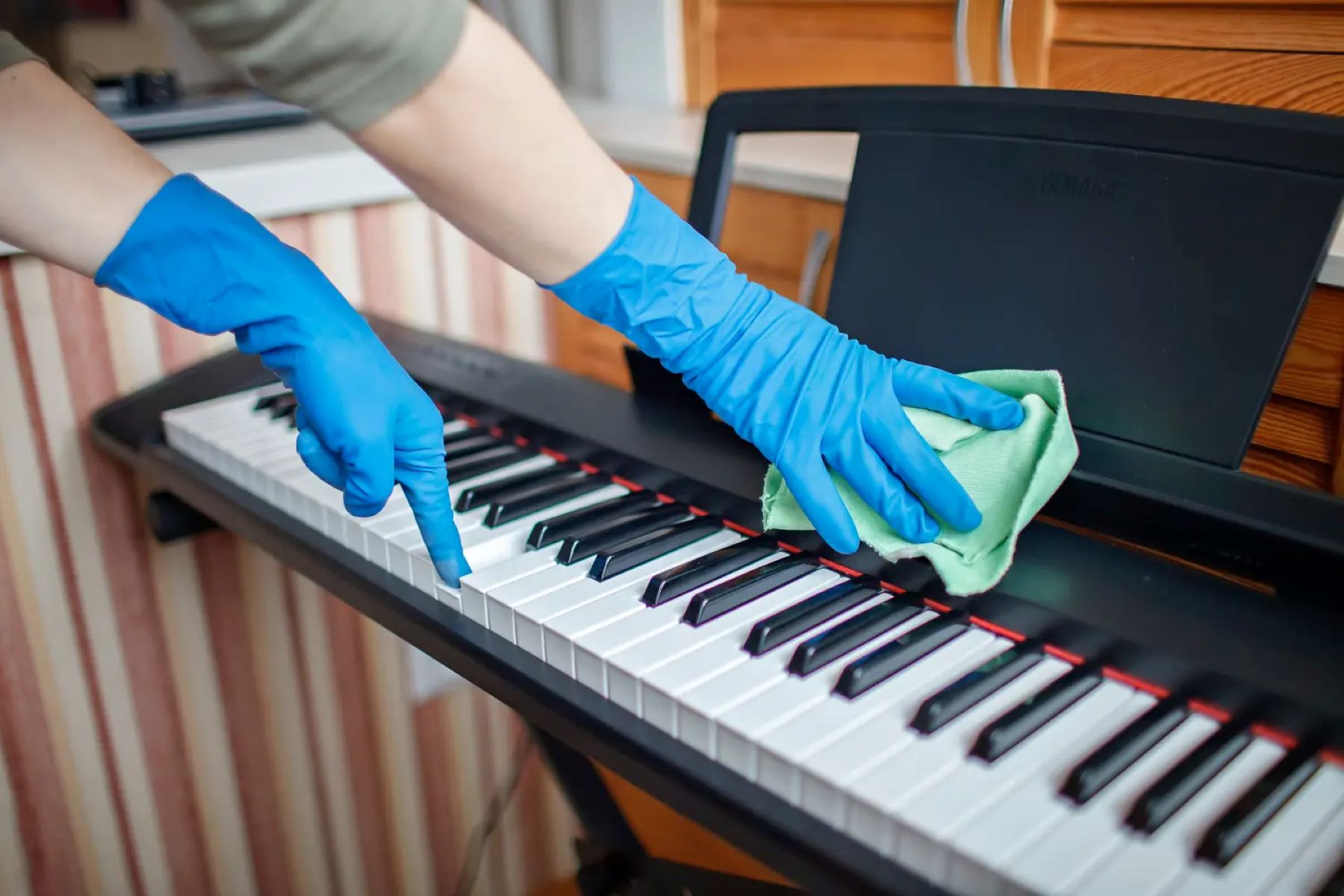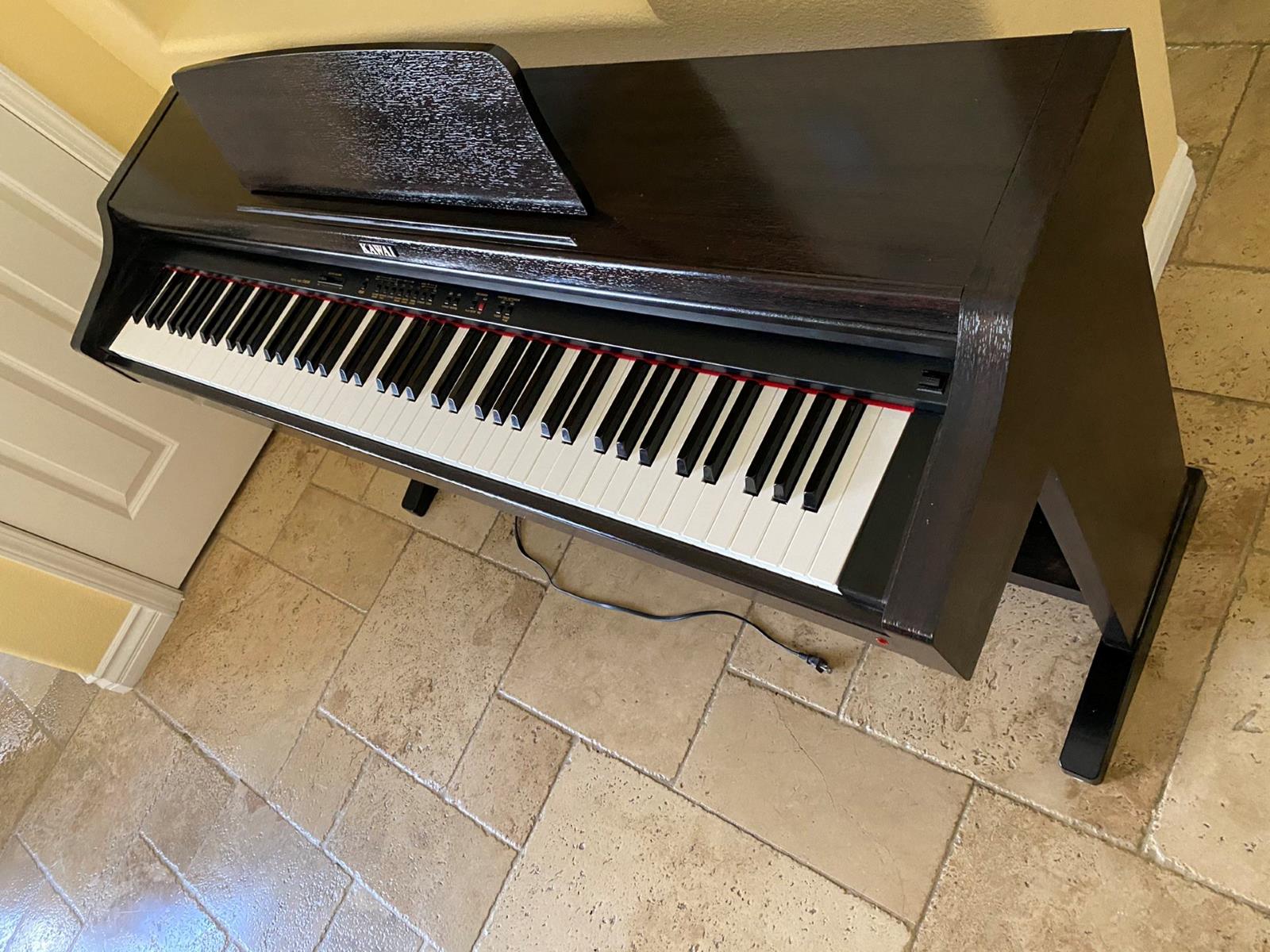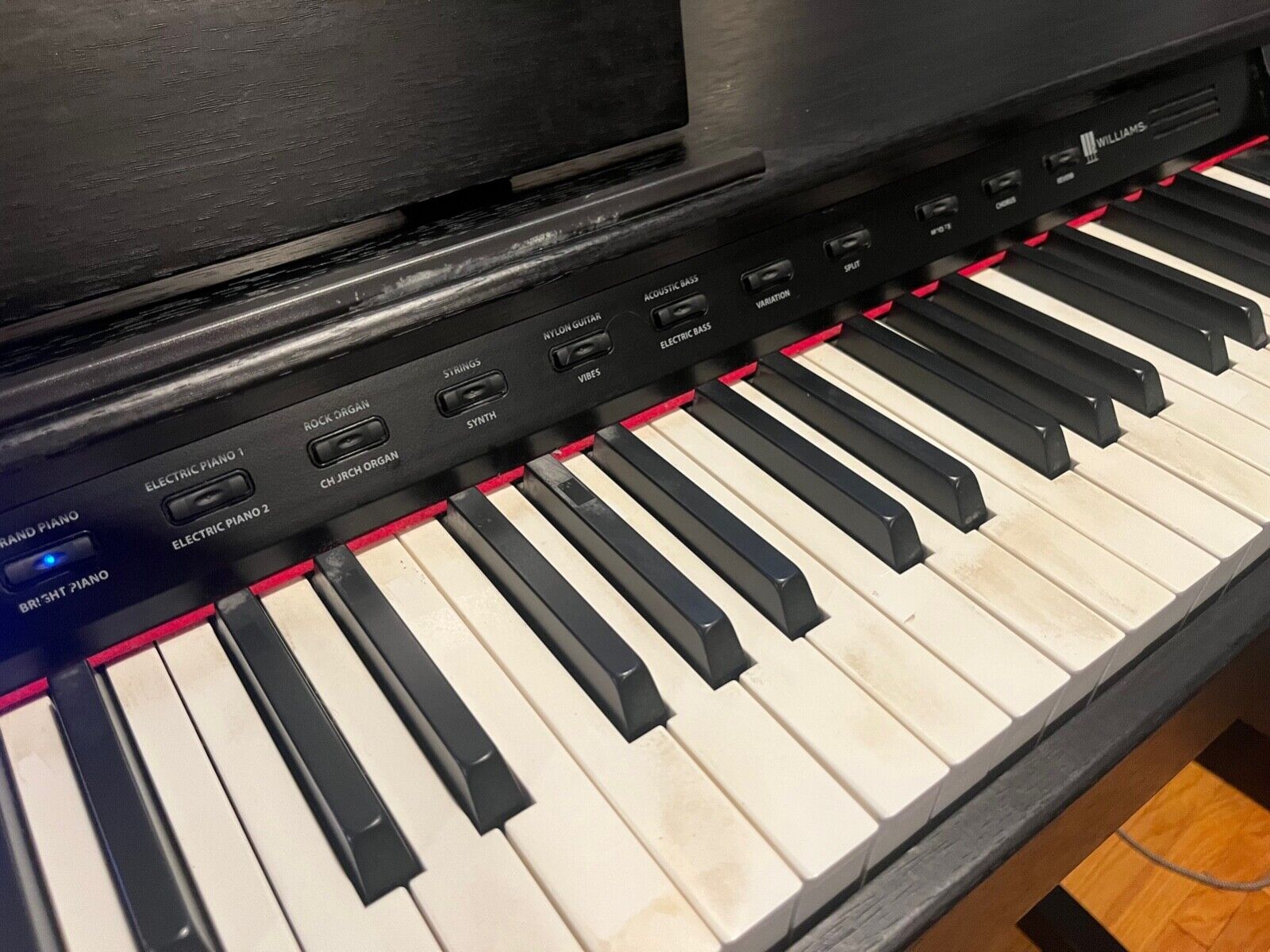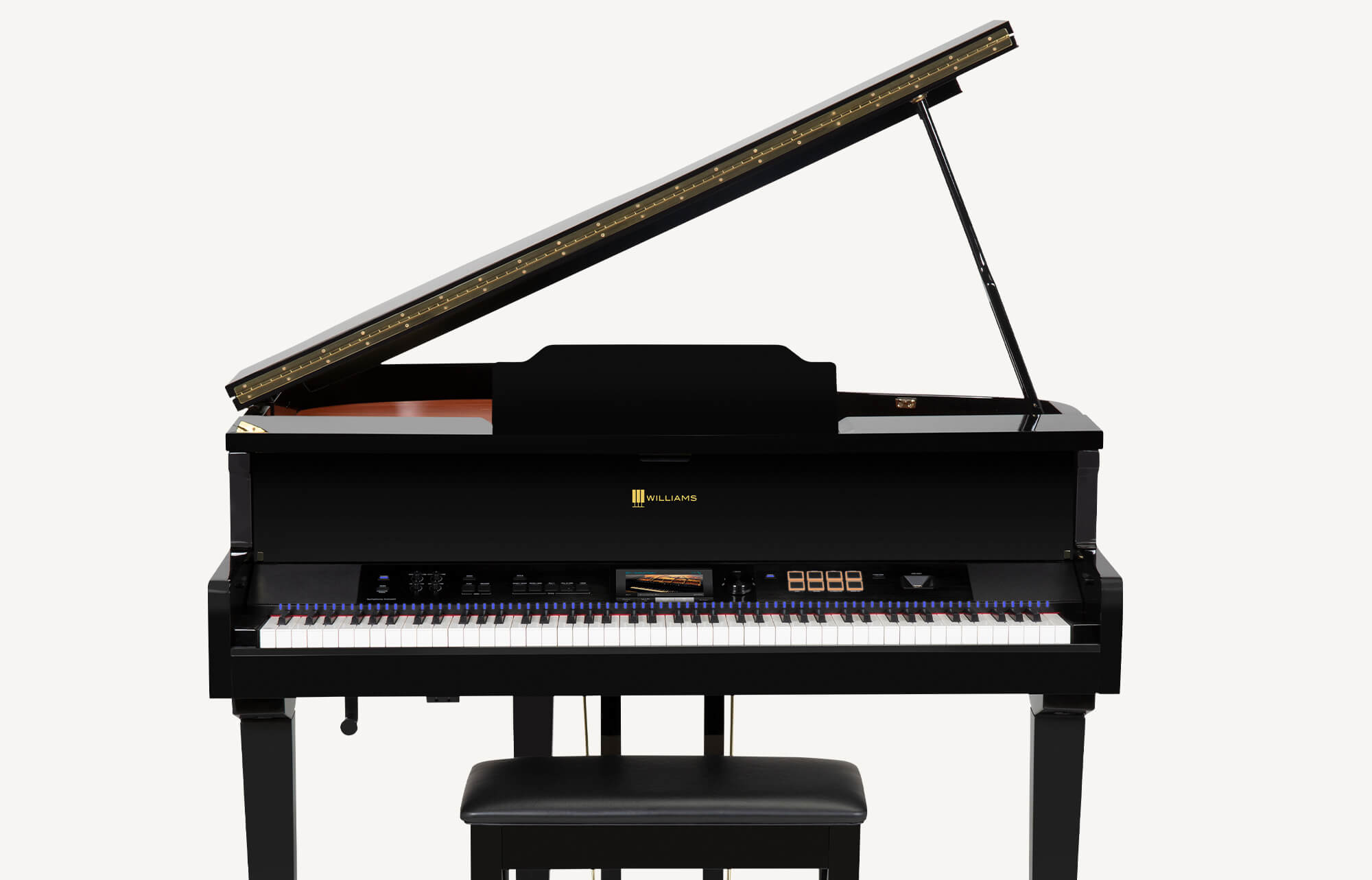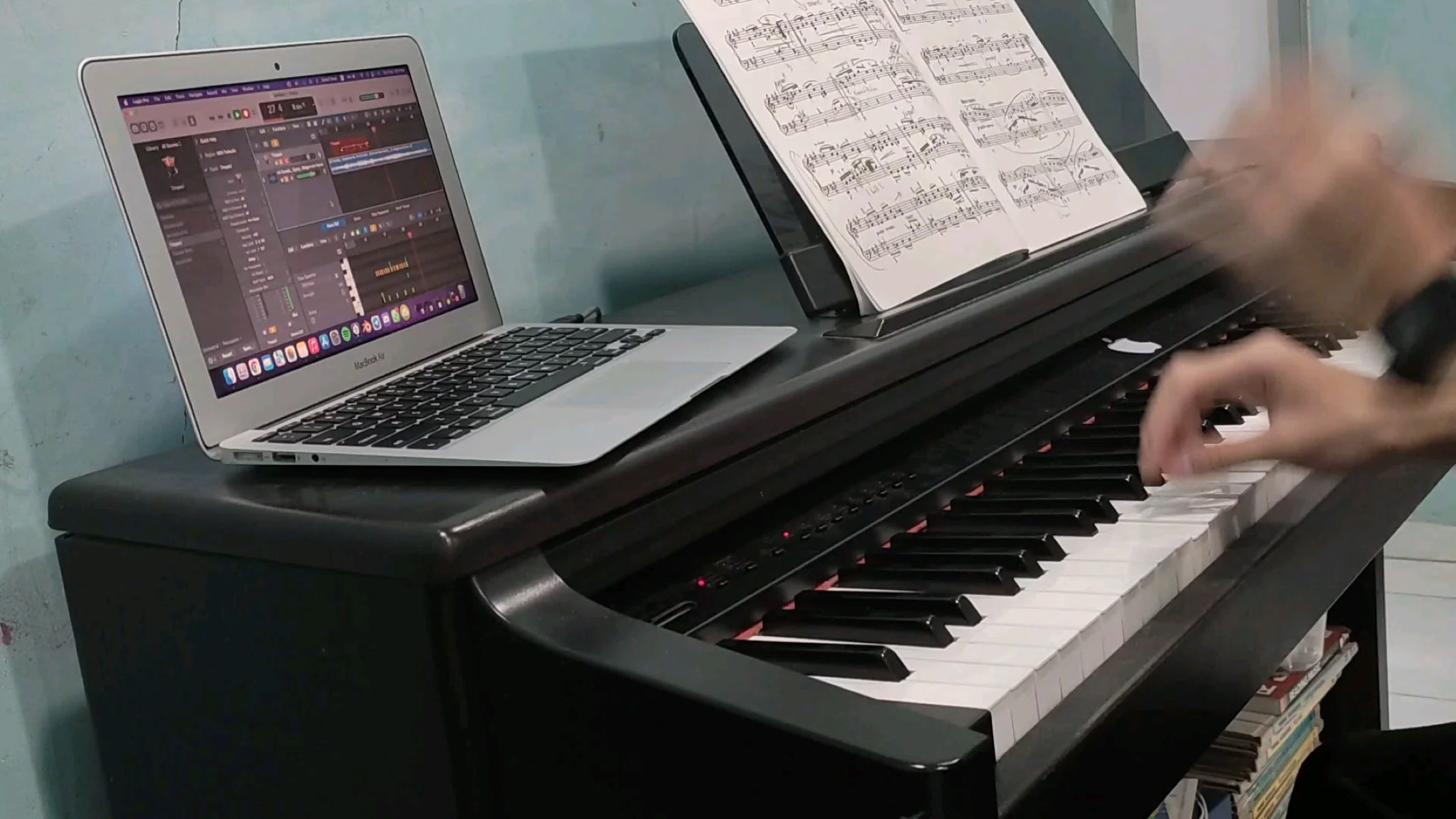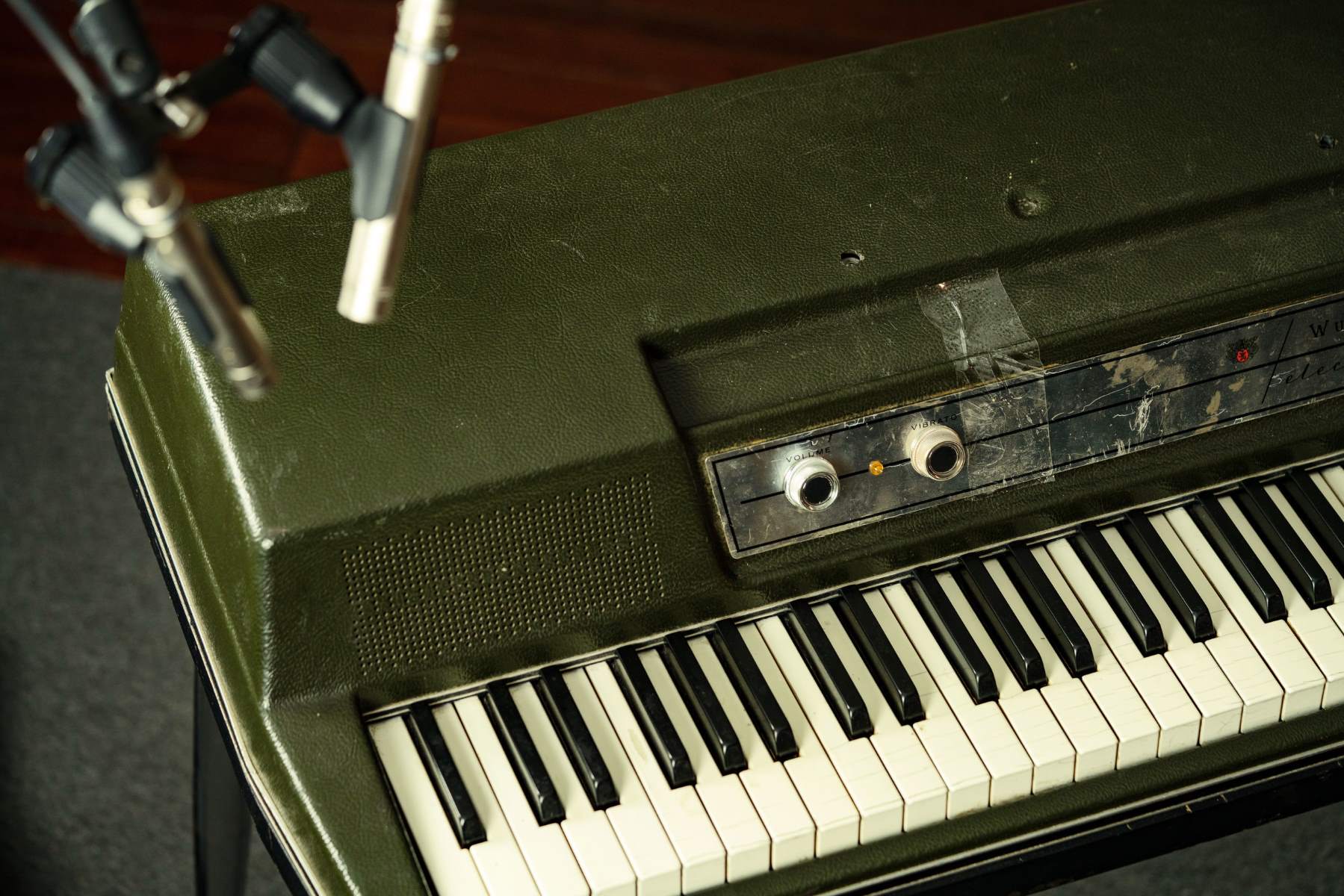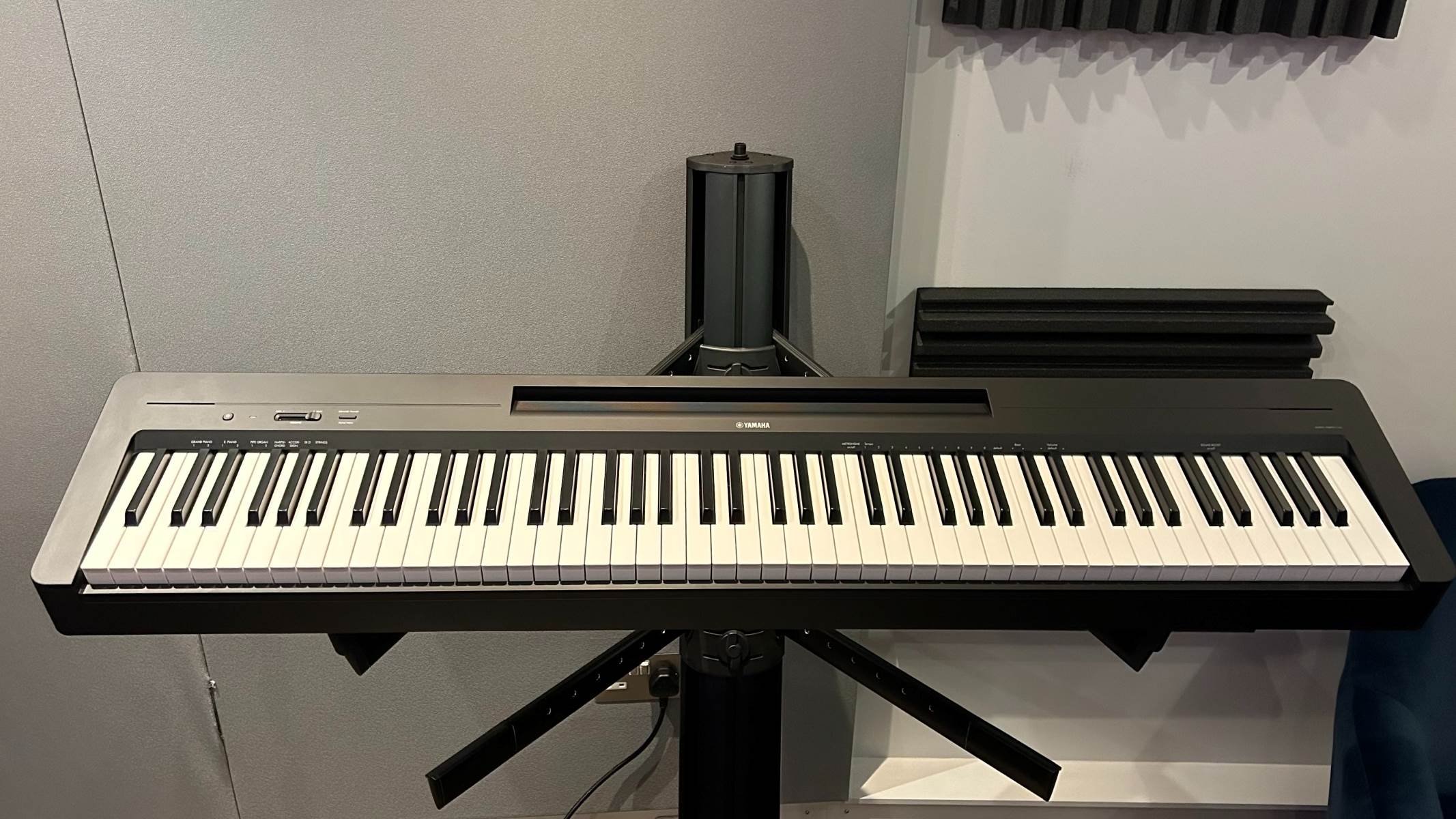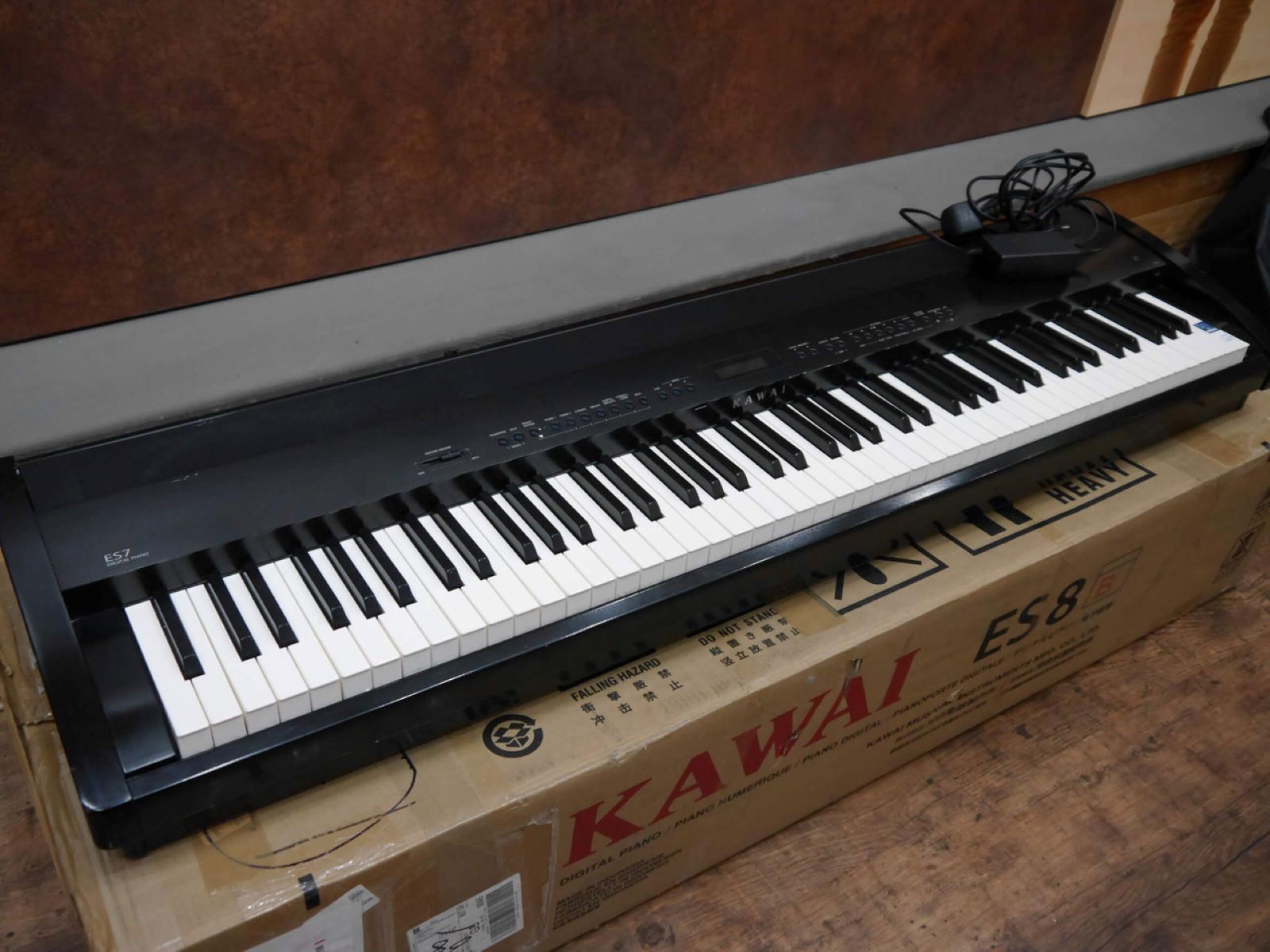Introduction
Introduction
Welcome to the world of digital pianos! Whether you're a seasoned musician or a novice player, owning a digital piano can bring endless joy and creativity to your life. Unlike traditional acoustic pianos, digital pianos offer a wide range of features, such as different sounds, recording capabilities, and headphone outputs, making them versatile instruments for practice, performance, and composition.
In this guide, we will explore the essential aspects of caring for your digital piano to ensure its longevity and optimal performance. From setting up your instrument to troubleshooting common issues, you'll gain valuable insights into maintaining and protecting your investment.
A digital piano is not only a musical instrument but also a technological marvel, incorporating advanced sound sampling and digital signal processing. As such, it requires specific care and attention to preserve its functionality and pristine condition. By following the recommendations in this guide, you'll be equipped with the knowledge to keep your digital piano in top shape for years to come.
So, whether you've just unboxed your brand-new digital piano or you've been enjoying its melodies for a while, let's delve into the essential practices for maintaining and caring for your beloved instrument. Let's start by setting up your digital piano for optimal performance and enjoyment.
Setting Up Your Digital Piano
When you bring home a new digital piano, the initial setup is crucial to ensure that it functions optimally and provides an enjoyable playing experience. Follow these steps to set up your digital piano:
- Unpacking and Assembly: Carefully unpack the digital piano, ensuring that all components are present. Assemble the stand or attach the keyboard to a stable surface according to the manufacturer’s instructions.
- Power Connection: Locate the power input on the digital piano and connect it to a reliable power source. Avoid using power outlets with fluctuating voltage to prevent damage to the instrument’s internal components.
- Connecting Headphones or Speakers: If you prefer practicing in private or need to control the volume, connect headphones to the designated jack. Alternatively, you can connect external speakers for a more immersive sound experience.
- Adjusting Settings: Familiarize yourself with the instrument’s settings, including sound selection, volume control, and additional features. Refer to the user manual to understand the functions and make adjustments according to your preferences.
- Keyboard Height and Bench Position: Set the keyboard at a comfortable height to ensure proper posture while playing. Adjust the bench or chair to maintain an ergonomic position, allowing for relaxed and extended practice sessions.
By following these steps, you can set up your digital piano efficiently, ensuring that it is ready for your musical endeavors. Proper setup not only enhances your playing experience but also contributes to the longevity of the instrument.
Cleaning and Maintenance
Regular cleaning and maintenance are essential to preserve the pristine condition and functionality of your digital piano. Here are the key practices to keep your instrument in top shape:
- Dust and Debris Removal: Use a soft, lint-free cloth to gently wipe the keys, control panel, and exterior surfaces of the digital piano. Avoid using harsh chemicals or abrasive materials that may damage the finish or the electronic components.
- Keyboard Care: Periodically clean the keyboard keys with a damp cloth and mild soap solution. Ensure that the cloth is not excessively wet, and dry the keys immediately after cleaning to prevent moisture from seeping into the instrument.
- Internal Dusting: If feasible, follow the manufacturer’s guidelines to safely remove dust accumulation from the internal components of the digital piano. This may involve using compressed air or specific cleaning tools designed for electronic instruments.
- Environmental Considerations: Position the digital piano away from direct sunlight, extreme temperatures, and humidity to prevent damage to the internal circuitry and the exterior finish. Additionally, consider using a cover when the instrument is not in use to shield it from dust and environmental pollutants.
- Regular Inspection: Periodically inspect the power cable, connectors, and control buttons for any signs of wear or damage. Address any issues promptly to prevent potential malfunctions or safety hazards.
By incorporating these cleaning and maintenance practices into your routine, you can uphold the visual appeal and operational integrity of your digital piano. Additionally, proper care contributes to a consistent and enjoyable playing experience, allowing you to fully immerse yourself in the music without distractions or technical impediments.
Protecting Your Digital Piano
Ensuring the protection of your digital piano is paramount to safeguard its longevity and performance. Implement the following measures to shield your instrument from potential damage:
- Invest in a Quality Cover: Acquire a cover specifically designed for your digital piano to shield it from dust, spills, and accidental damage. When not in use, securely cover the instrument to maintain its pristine condition.
- Secure Placement: Position the digital piano in a stable and secure location to prevent accidental tipping or falling. Ensure that the instrument is placed away from high-traffic areas and potential hazards to minimize the risk of physical damage.
- Temperature and Humidity Control: Maintain a consistent indoor environment with moderate temperature and humidity levels. Fluctuations in temperature and excessive moisture can adversely affect the electronic components and the overall integrity of the instrument.
- Transportation Precautions: When transporting the digital piano, use a reliable carrying case or packaging specifically designed for musical instruments. Secure the instrument to prevent shifting or impact during transit.
- Child and Pet Safety: If you have children or pets in the household, establish clear guidelines to prevent them from tampering with or climbing on the digital piano. Educate family members and visitors about the importance of respecting the instrument’s integrity.
By prioritizing the protection of your digital piano, you can mitigate the risk of damage and maintain its pristine condition for years to come. These proactive measures contribute to the longevity and consistent performance of your instrument, allowing you to focus on creating beautiful music without concerns about preventable damage.
Troubleshooting Common Issues
While digital pianos are designed for reliability, occasional issues may arise that can be addressed with basic troubleshooting. Here are some common problems and their potential solutions:
- Unresponsive Keys: If certain keys are unresponsive or produce inconsistent sound, carefully clean the affected keys using a recommended keyboard cleaner. If the issue persists, consult the user manual for instructions on calibrating or resetting the keyboard.
- Audio Distortion: If the sound from the digital piano exhibits distortion or irregularities, check the audio connections and cables for secure attachment. Additionally, ensure that the volume levels are not excessively high, which can cause audio distortion.
- Power Issues: If the digital piano fails to power on, verify the power source and connections. Test the power outlet with another device to ensure functionality. If the issue persists, contact the manufacturer’s support for further assistance.
- Erratic Controls: In cases where the instrument’s controls or settings behave unpredictably, perform a factory reset according to the manufacturer’s guidelines. This can resolve software-related issues and restore the instrument to its default settings.
- Audio Latency: When experiencing a delay between pressing a key and hearing the sound, adjust the audio settings on the digital piano and the connected devices. Lowering the buffer size or adjusting the audio latency settings can alleviate this issue.
By addressing these common issues with the appropriate troubleshooting techniques, you can maintain the optimal functionality of your digital piano. In the event that the problems persist or require technical expertise, contacting the manufacturer’s support or a certified technician is advisable to ensure comprehensive resolution.
Conclusion
Caring for your digital piano is not only a matter of preserving an instrument; it’s about nurturing your passion for music and ensuring that your artistic expression flows seamlessly. By following the guidelines outlined in this comprehensive care guide, you have equipped yourself with the knowledge and practices to maintain your digital piano in optimal condition.
From the initial setup to implementing regular cleaning and maintenance routines, you have taken proactive steps to safeguard your instrument’s longevity and performance. Additionally, prioritizing protective measures and addressing common troubleshooting issues empowers you to enjoy uninterrupted musical experiences while cherishing your digital piano.
Remember, your digital piano is more than just a musical instrument; it’s a companion that resonates with your creativity and emotions. By nurturing and protecting it, you honor the artistry that emanates from its keys and the joy it brings to your life.
As you embark on your musical journey with your digital piano, may the harmonies you create and the melodies you embrace continue to inspire and uplift your spirit. Your commitment to caring for your instrument reflects the dedication and passion you invest in your musical pursuits, enriching your life and those who are fortunate to share in your musical endeavors.
Embrace the symphony of care and appreciation for your digital piano, and let the music flow boundlessly, resonating with the essence of your soul.







